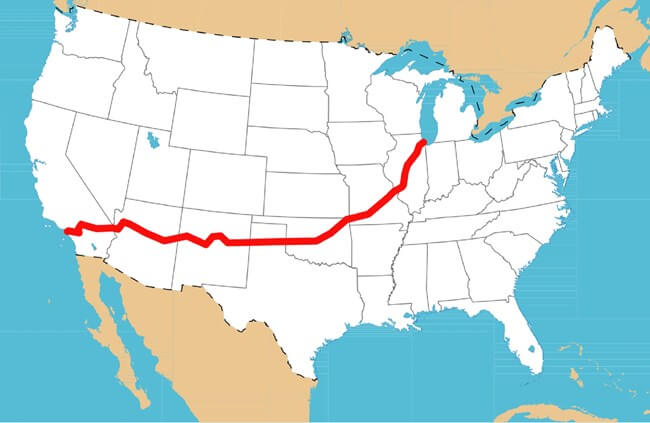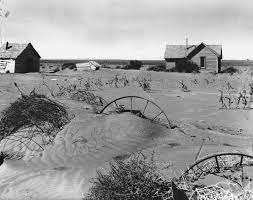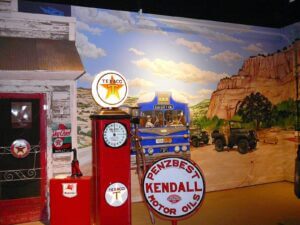1. Introduction
Route 66, often called the "Mother Road," is one of the most famous highways in the United States. Stretching over 2,400 miles from Chicago to Los Angeles, Route 66 has played a significant role in American history and culture. Here we explore its creation, golden era, decline, and revival.


2. The Birth of Route 66
Established in 1926 by the demands of a swiftly changing America, Route 66 was part of the new numbered highway system. Cyrus Avery, known as the "Father of Route 66," advocated for a highway connecting Chicago to Los Angeles. Route 66 linked mostly rural communities across the Midwest enabling farmers to transport produce and grain more easily. It also became a major path for the estimated 210,000 people migrating to California during the Dust Bowl of the 1930s.
3. The Golden Era
The golden era of Route 66 spanned from the 1930s to the 1950s during which time the highway became a symbol of freedom and adventure. Businesses flourished along the route, including motels, diners, and gas stations. Route 66 was also the backdrop for many road trips immortalized in songs, books, and movies.
At the end of World War II, America became more mobile due to the return of thousands of military personnel wanting to settle in the West and Southwest. They traveled Route 66 to reach their destination. Along the way they found auto camps, motels, gas stations, garages and stores to take care of their needs during their journey.
4. Decline and Decommissioning
Following the passage pf the Federal Aid Highway Act in 1956, the construction of the Interstate Highway System led to the decline of Route 66. Faster, more direct routes drew travelers away, and by 1985, Route 66 was officially decommissioned. Many towns along the route suffered economically as traffic dwindled.


5. Route 66 in Popular Culture
Route 66 has left an indelible mark on popular culture. The highway has been featured in countless songs, such as Nat King Cole's "Route 66," books like John Steinbeck's "The Grapes of Wrath," and the TV series "Route 66."
6. Revival and Preservation Efforts
In the late 20th century, efforts to preserve Route 66 began to gain momentum. Historic Route 66 associations were formed, and parts of the route were designated as scenic byways. It represents the American spirit of exploration and adventure which continues today, attracting people from around the world to experience the nostalgia and history of “The Main Street of America”.


